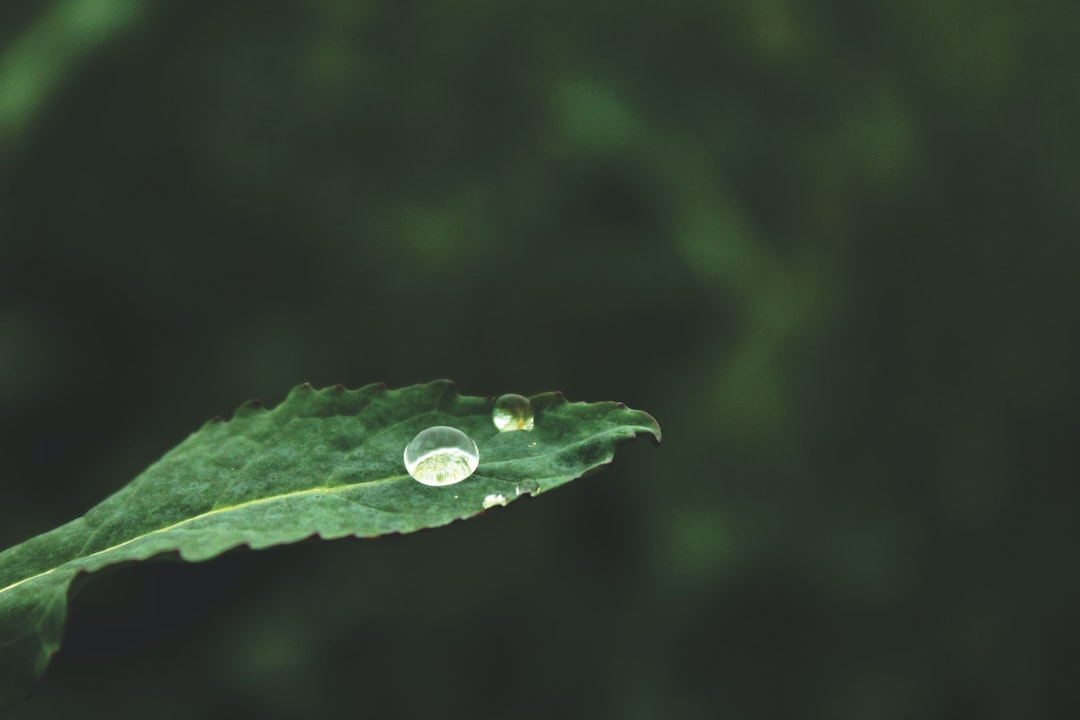Creative expression and mental health are intimately connected. It’s been a topic of discussion for years because of the apparent correlation between the two. The relationship between creativity and mental health can be viewed in two different ways: one is that mental illness can fuel creativity, and the second is that creative pursuits can help manage anxiety, depression, and other conditions of mental health. Let’s explore the two sides of the issue further.
The Correlation Between Creativity and Mental Illness
Artists, writers, and other creatives have been associated with mental illnesses for a long time. Some of the most celebrated writers and artists in history struggled with mental illnesses, including Edgar Allan Poe, Virginia Woolf, Vincent Van Gogh, and Sylvia Plath. The idea that mental illness fuels creativity has become ingrained in popular culture – it’s the tortured artist stereotype that many people are familiar with.
Even though there is no definitive evidence proving that creativity is directly related to mental illness, research has found that there may be certain cognitive connections between the two. People with mental health conditions such as bipolar disorder, depression, and schizophrenia can experience unique ways of thinking that can generate creative ideas. These conditions can change a person’s perspective, perception, and senses, which can translate into creative output.
The Use of Creative Pursuits for Mental Health
While it is vital to understand the link between creativity and mental health conditions, the benefits of creative expression are not limited to people suffering from mental illness. Creative pursuits can enhance mental well-being for everyone. Numerous studies show that engaging in creative activities, such as art therapy, writing, and music production, can reduce stress, boost self-esteem, and improve cognitive function.
Creative activities provide an outlet for people to express their emotions and cope with their feelings. Writing, for instance, can help people make sense of their experiences, reduce the intensity of negative emotions, and alleviate anxiety and depression. Similarly, working with visual arts can encourage people to explore their imagination, cultivate mindfulness, and reduce stress levels.
Final Thoughts
Creativity and mental health are essential components of human well-being. The connection between the two is complex and open to further study. But it is recognized that engaging in creative activities can help people manage their mental health, regardless of their artistic talent. The creative process can provide an outlet for people to express their emotions, cope with their feelings, and find meaning in their lives. Therefore, embracing one’s creativity can be a beneficial strategy for maintaining good mental health.

